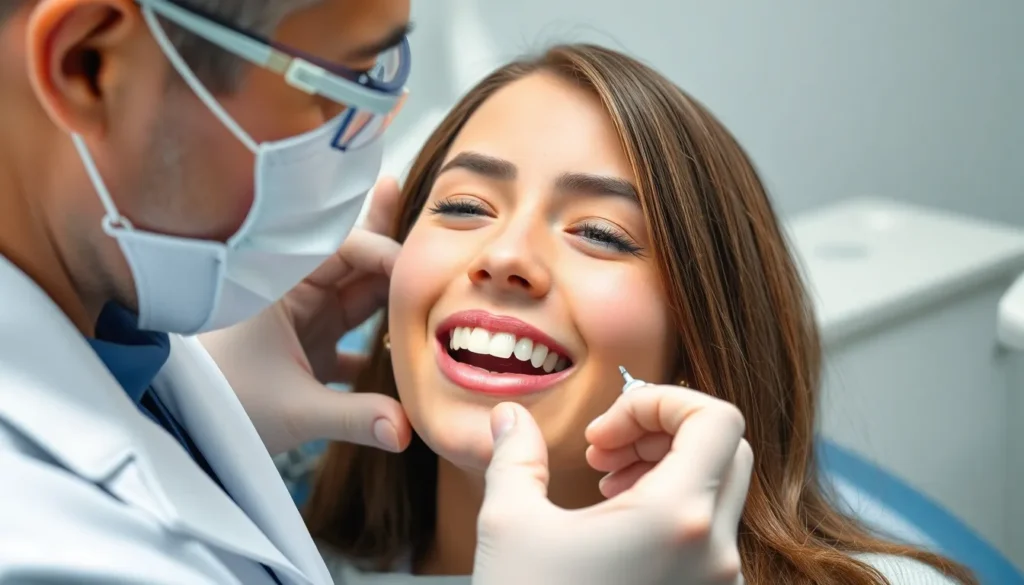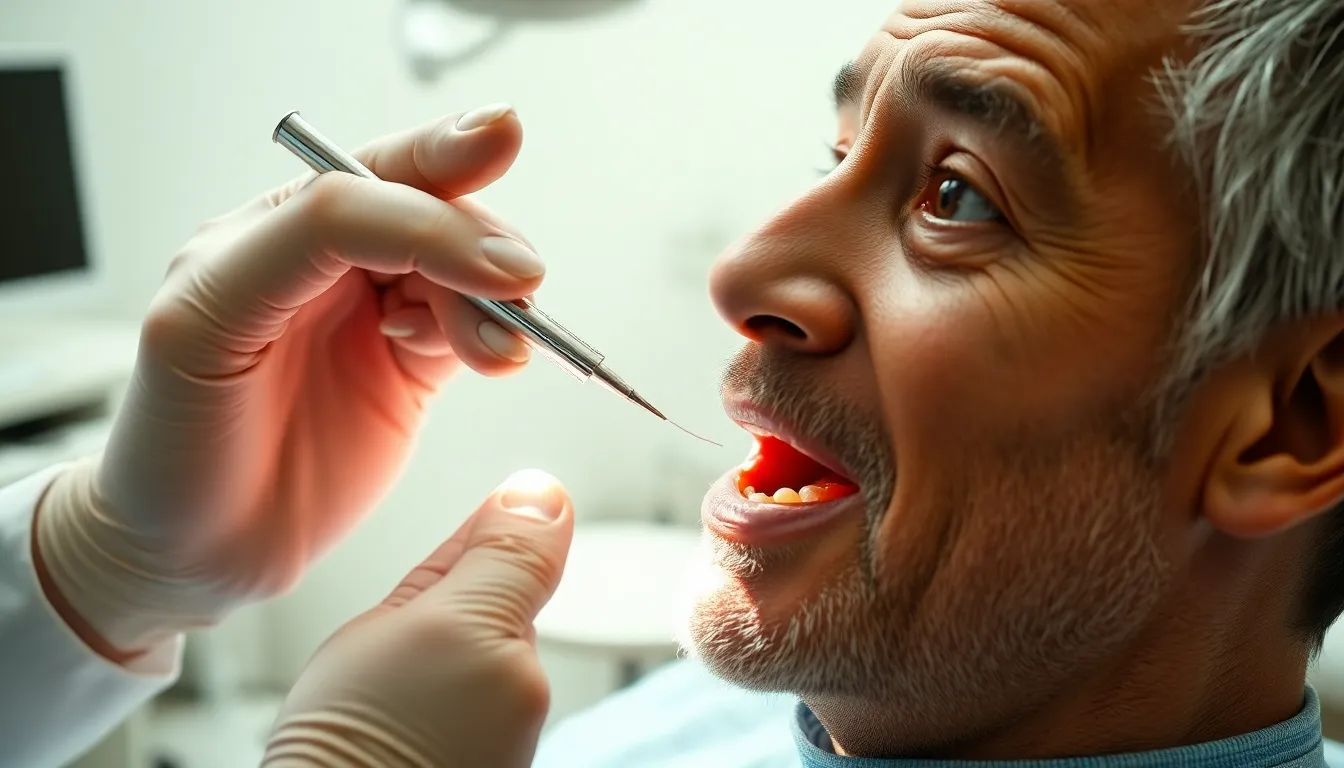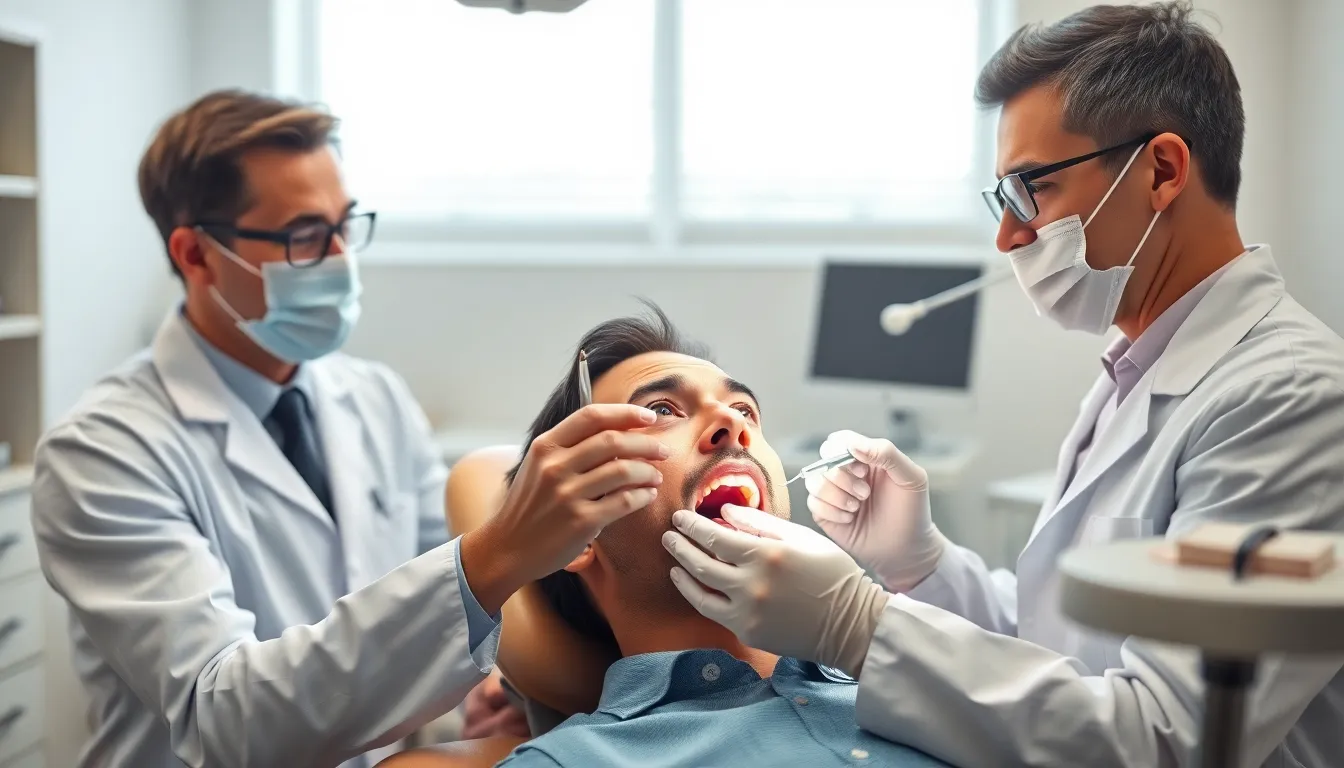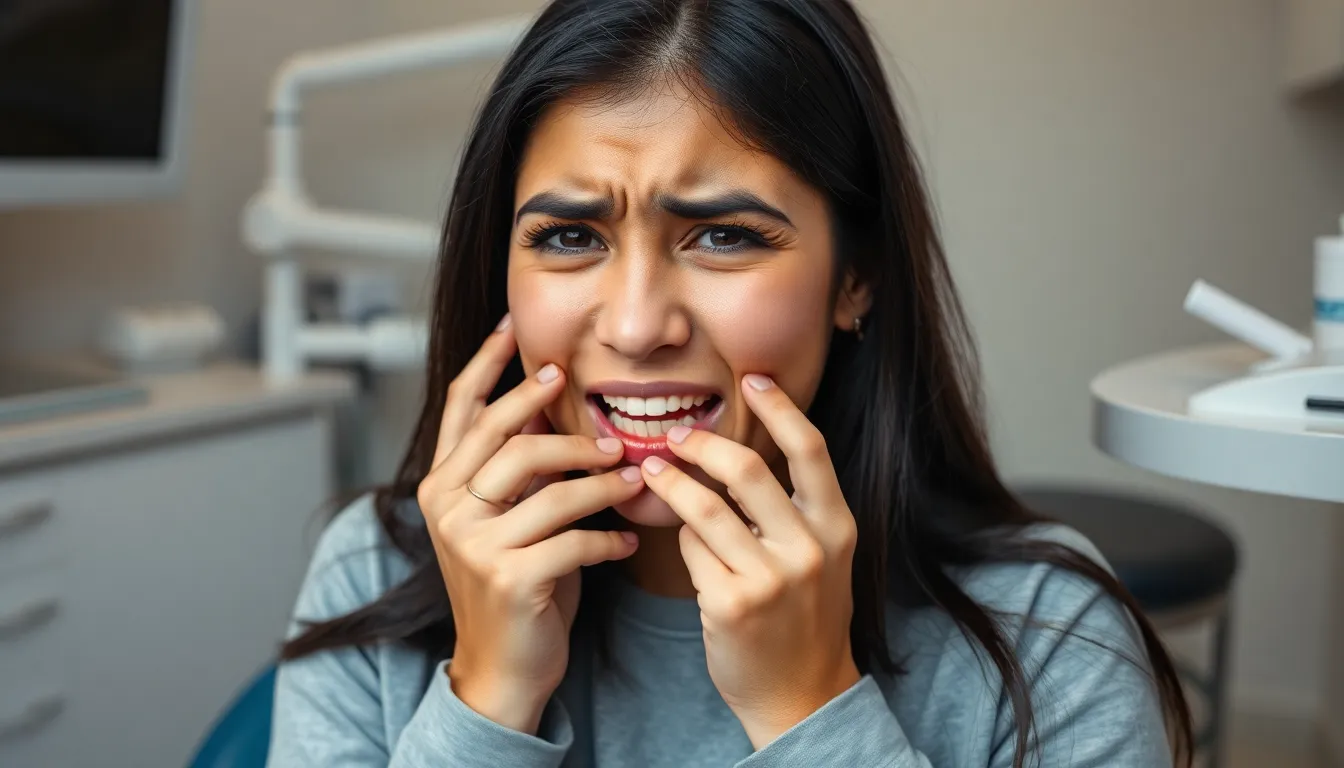Ever wondered what braces bonding actually is and why it’s so crucial to your orthodontic treatment? This essential process involves attaching brackets to your teeth using a special dental adhesive, creating the foundation for your entire braces system.
When you get braces, your orthodontist carefully positions each bracket on your teeth before using a specialized light to harden the adhesive. This bonding process creates a secure connection that allows the archwires to gradually shift your teeth into proper alignment. While seemingly simple, proper bonding is critical—it determines how effectively your braces will work and can significantly impact your treatment timeline.
What Is Braces Bonding?
Braces bonding refers to the process of attaching orthodontic brackets to teeth using a specialized dental adhesive. This crucial step creates a secure foundation for your entire braces system. During the procedure, your orthodontist carefully positions each bracket on the tooth surface and applies a composite resin adhesive that forms a strong bond when cured with a special light.
The adhesive used in braces bonding contains materials specifically designed to withstand the forces applied during orthodontic treatment. Dental professionals select these materials for their durability and ability to maintain bracket position throughout your treatment period, which typically ranges from 18-24 months.
“I remember being amazed at how quickly Dr. Harris completed my bonding procedure,” shares Maria, a recent patient. “He explained each step so clearly that I felt completely at ease, even though I was nervous about starting braces treatment.”
Dr. Todd B. Harris emphasizes that proper bonding technique significantly impacts treatment success. “The precision of bracket placement during bonding directly affects how efficiently teeth move,” he explains. “Taking extra time during this initial step often means smoother treatment progression and potentially shorter overall treatment time for my patients.”
The bonding process creates a mechanical and chemical connection between your tooth enamel and the bracket base. This connection must be strong enough to transfer forces from the archwires to your teeth while remaining gentle enough to protect your tooth enamel throughout the alignment process.
The Science Behind Dental Adhesives
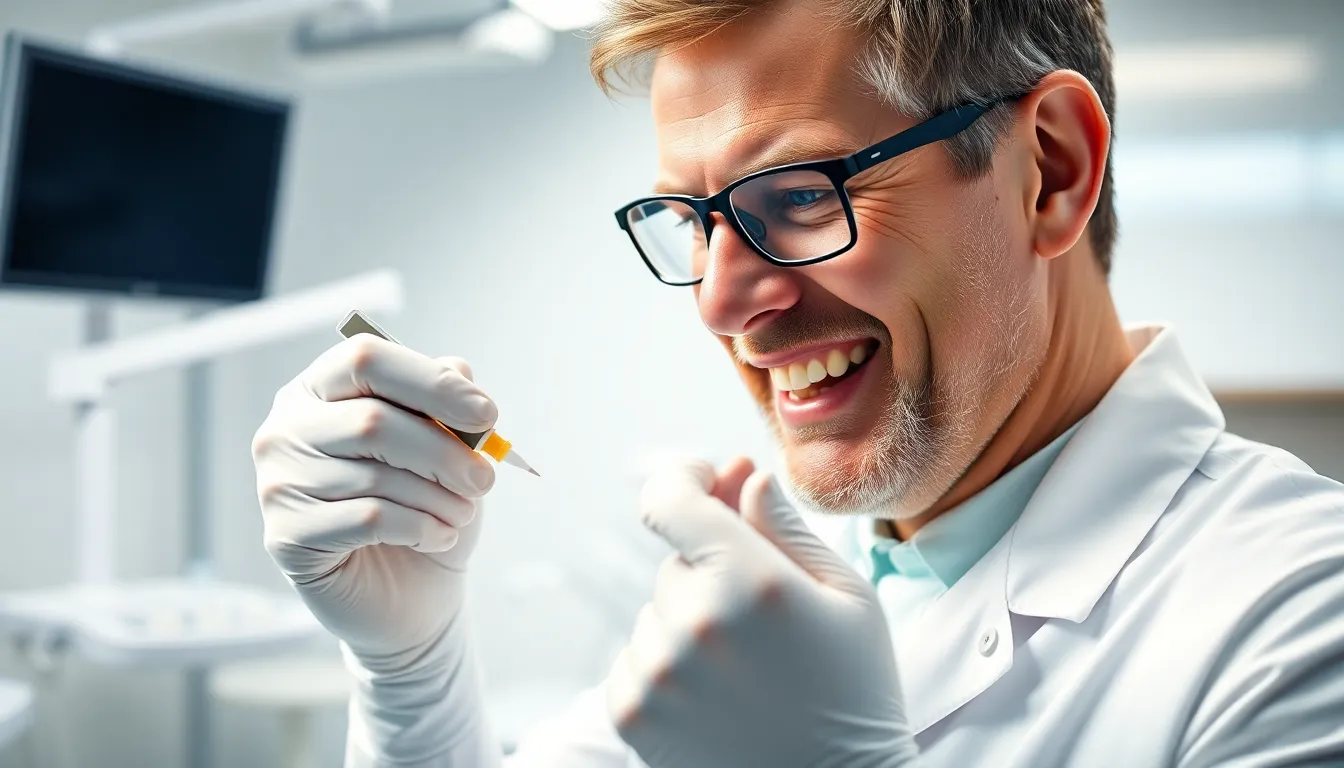
Dental adhesives used in orthodontic bonding create a strong, durable bond between brackets and tooth enamel. These specialized materials must withstand the challenging oral environment while protecting your teeth throughout treatment.
Types of Bonding Materials Used in Orthodontics
Orthodontists primarily use two types of bonding materials to secure brackets to your teeth. Resin-based cements, the most common type, contain composite resins similar to those used in cosmetic dental procedures but are specifically formulated for orthodontic strength and durability. Your orthodontist activates these materials using a special blue light that triggers a chemical reaction to harden the adhesive. Glass ionomer cements offer another excellent option as they chemically bond directly to enamel and continuously release fluoride, providing added protection against decay around your brackets during treatment.
“I’ve seen important improvements in bonding technology throughout my career,” notes Dr. Todd B. Harris. “Modern adhesives give us incredible reliability while being gentler on enamel when it’s time for bracket removal.”
How Bonding Agents Work
Bonding agents secure brackets through both mechanical and chemical processes. Your orthodontist begins by cleaning your teeth thoroughly and applying an acidic etching gel that creates microscopic pores in the enamel surface. A primer or conditioning agent is then applied to enhance adhesion by improving the wettability of the tooth surface. The orthodontic adhesive placed on the bracket base fills these tiny pores when positioned against your tooth. After careful alignment of the bracket, your orthodontist uses a curing light to activate the adhesive, creating a bond strong enough to withstand the forces applied during tooth movement. This dual attachment mechanism ensures brackets stay firmly in place throughout your treatment while allowing for safe removal when your braces come off.
The Braces Bonding Process
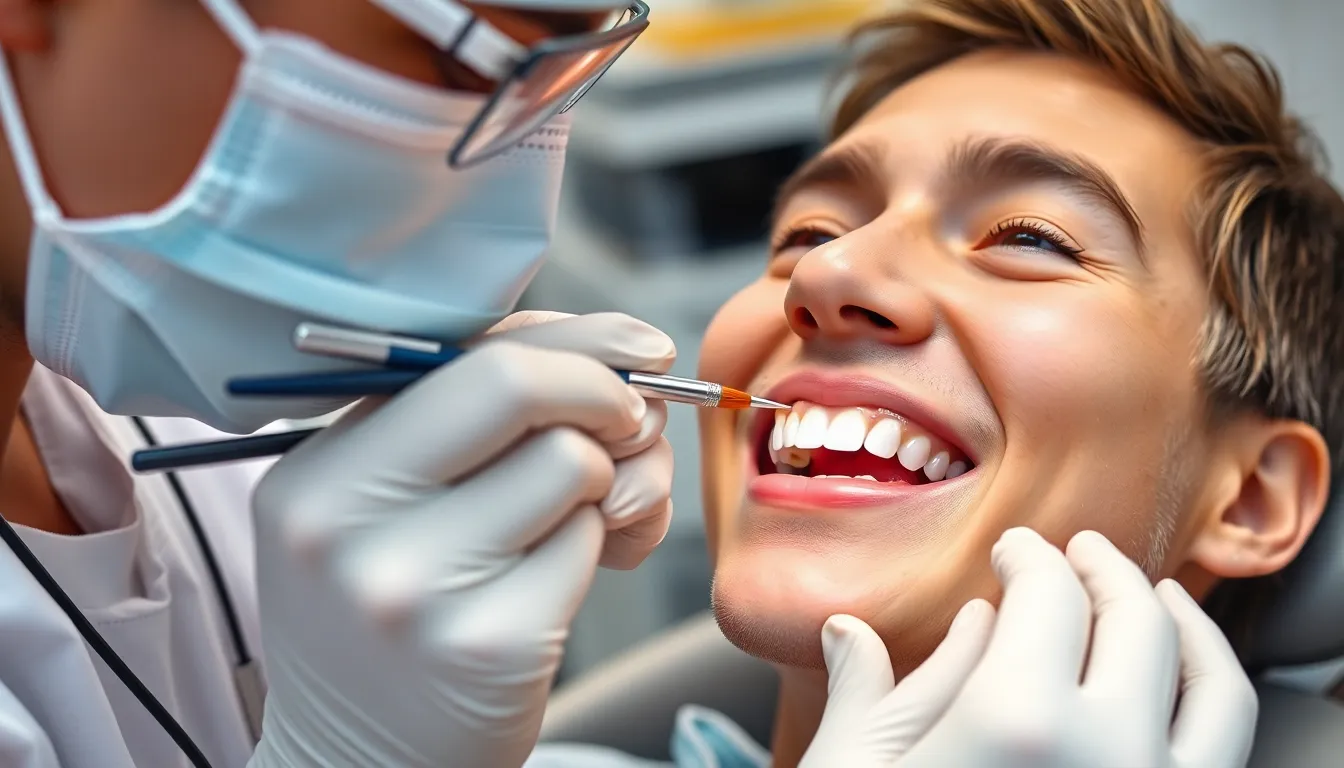
The braces bonding process is a precise sequence of steps that securely attaches orthodontic brackets to your teeth. This essential procedure creates the foundation for your entire orthodontic treatment and requires meticulous attention to detail from your orthodontist.
Preparation of Tooth Surface
Your teeth must be thoroughly cleaned and dried before brackets can be attached. Your orthodontist uses a dental polishing paste and high-speed handpiece to remove any plaque or debris from tooth surfaces. This cleaning step is crucial because any contaminants left on the enamel could weaken the bond between your teeth and brackets. Dr. Todd B. Harris often tells patients, “Think of this preparation step like prepping a wall before painting—the cleaner the surface, the better and longer-lasting the results will be.”
Application and Curing of Adhesives
After your teeth are properly prepared, your orthodontist applies a bonding agent to each tooth’s surface using a small brush or syringe. The orthodontist then carefully positions each bracket on your teeth with precise placement. Two main bonding methods exist in modern orthodontics: direct bonding, where brackets are placed on each tooth individually, and indirect bonding, where brackets are first positioned on a mold and then transferred to your teeth in groups. The bonding agent—typically a composite resin—creates a strong connection between your tooth enamel and the bracket without causing damage to your teeth.
The adhesive hardens quickly when exposed to a special curing light, forming a secure attachment that will withstand the forces applied during your orthodontic treatment. One patient shared, “I was surprised at how quick the actual bonding was—my orthodontist positioned each bracket with such precision and the blue light they used to set the adhesive only took seconds for each tooth.” No anesthetic is needed during this bonding process as it’s generally painless, though you might feel slight pressure as the brackets are positioned.
Benefits of Modern Bonding Techniques
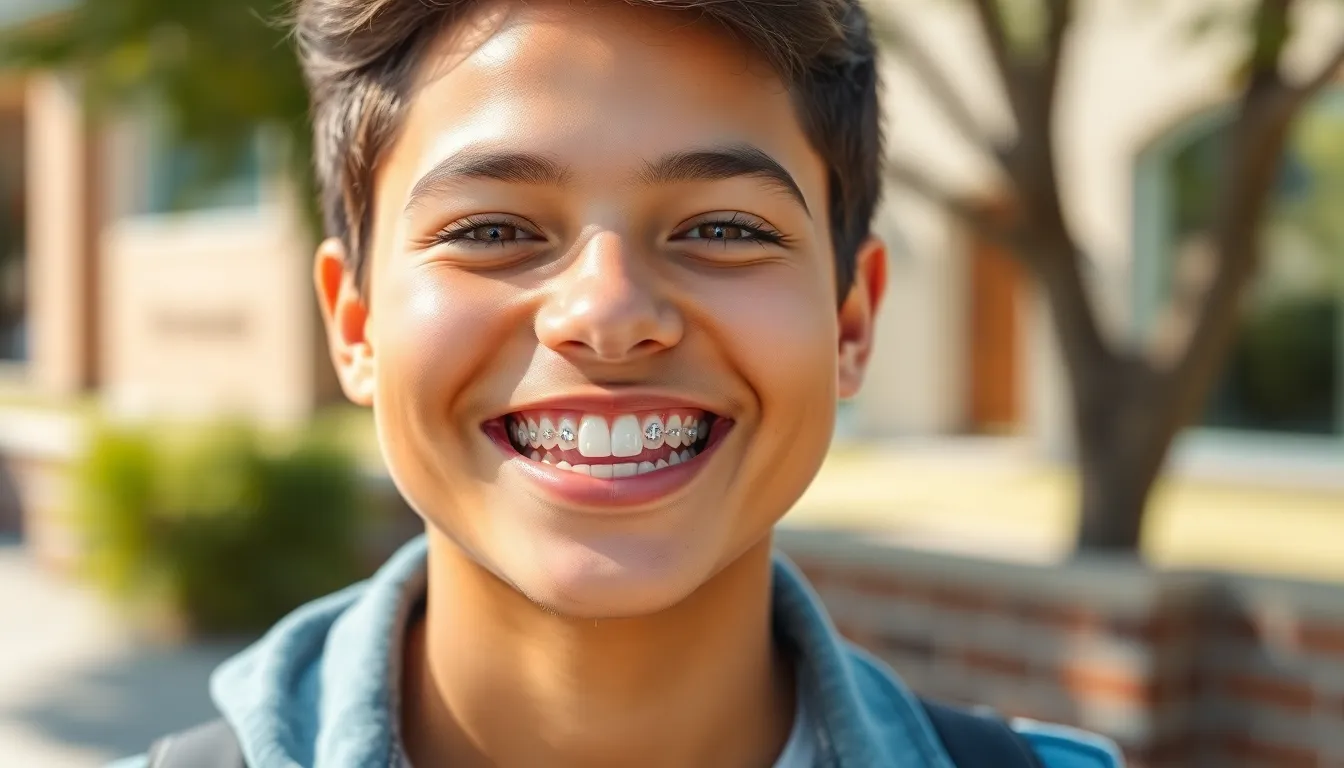
Modern orthodontic bonding techniques offer important advantages over traditional methods, improving both the functionality and appearance of braces. These advancements have transformed how brackets attach to teeth, improving patient experiences and treatment outcomes.
Improved Strength and Durability
Modern bonding agents create exceptionally strong connections between brackets and tooth surfaces, significantly improving the durability of your braces throughout treatment. Advanced composite resins effectively resist the daily stresses of eating, brushing, and the constant forces applied during orthodontic adjustments. The superior adhesion reduces instances of bracket detachment, which Dr. Harris notes “can save patients many emergency appointments and potentially shorten overall treatment time.” These high-performance materials maintain their integrity even when exposed to varying temperatures and pH levels in the mouth. Patients like Sarah, who plays basketball, appreciate the reliable bond strength, sharing, “I was worried about my brackets coming off during games, but the modern bonding my orthodontist used has kept everything securely in place for my entire season.”
Aesthetic Advantages
Today’s bonding materials offer superior visual appeal with their tooth-colored or translucent appearance, making your braces much less noticeable than older metal cements. Unlike traditional orthodontic banding that requires metal bands wrapped around each tooth, modern bonding attaches brackets directly to tooth surfaces, preserving more of your natural tooth appearance. The low-profile attachment creates a sleeker look that many patients prefer. Dr. Harris explains, “The aesthetic improvements in bonding materials have made a tremendous difference for my adult patients who are concerned about their professional appearance during treatment.” The direct bonding technique also allows for more precise bracket placement, which not only improves aesthetics but enhances treatment efficiency. Patients report feeling more confident smiling during treatment thanks to these less conspicuous bonding methods that blend with natural tooth coloration.
Potential Challenges With Braces Bonding
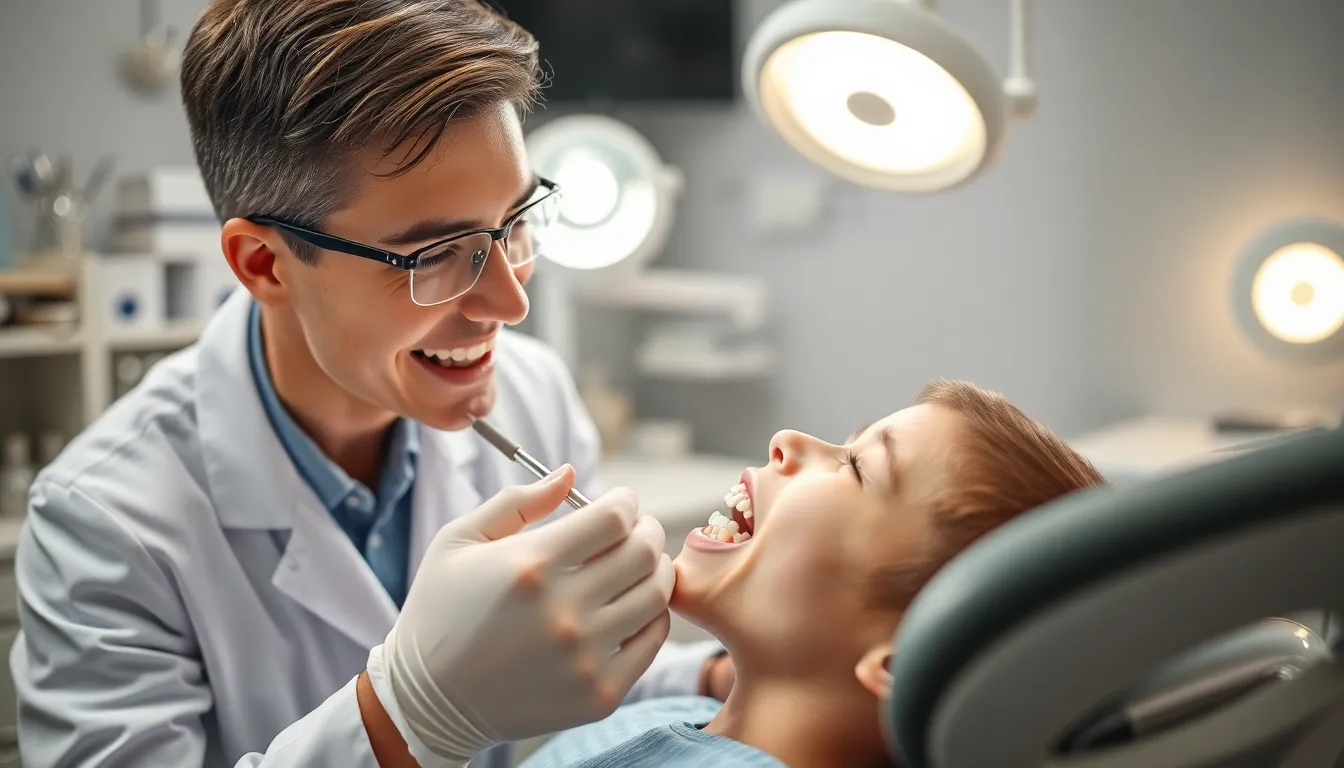
Braces bonding faces several challenges that can affect treatment progress and outcomes. The bonding agent requires a completely dry environment to achieve proper adhesion, as moisture contamination significantly weakens the bond. Inadequate etching or preparation of tooth surfaces often leads to poor adhesion, compromising the stability of brackets throughout treatment.
Common Bonding Failures
Bond failures, though relatively uncommon with modern adhesives, typically occur at the interface between the bracket and tooth surface. Brackets can detach or “pop off” due to several factors including trauma from eating hard foods, improper initial bonding, or gradual wear over time. When a bracket becomes detached, contacting your orthodontist promptly is essential to maintain treatment progress and prevent delays.
“I had a patient who came in panicking after a bracket popped off during a basketball game,” shares Dr. Todd B. Harris. “What many patients don’t realize is that this is a fairly routine repair that takes just minutes in the office. The key is addressing it quickly rather than waiting until your next scheduled appointment.”
Maintaining Bond Integrity
Preserving the integrity of your brackets’ bonds requires consistent attention to dietary choices. Avoiding foods that create excessive stress on bonded brackets—particularly hard, sticky, or chewy items—significantly reduces the risk of detachment. Regular oral hygiene practices keep the area around brackets clean, preventing weakening of the adhesive over time.
Attending all scheduled orthodontic appointments enables your provider to detect and fix any weakening bonds before complete failure occurs. Following the exact aftercare instructions provided by your orthodontist extends the life of the bond and prevents failures that could extend your treatment timeline.
Innovations in Orthodontic Bonding Technology
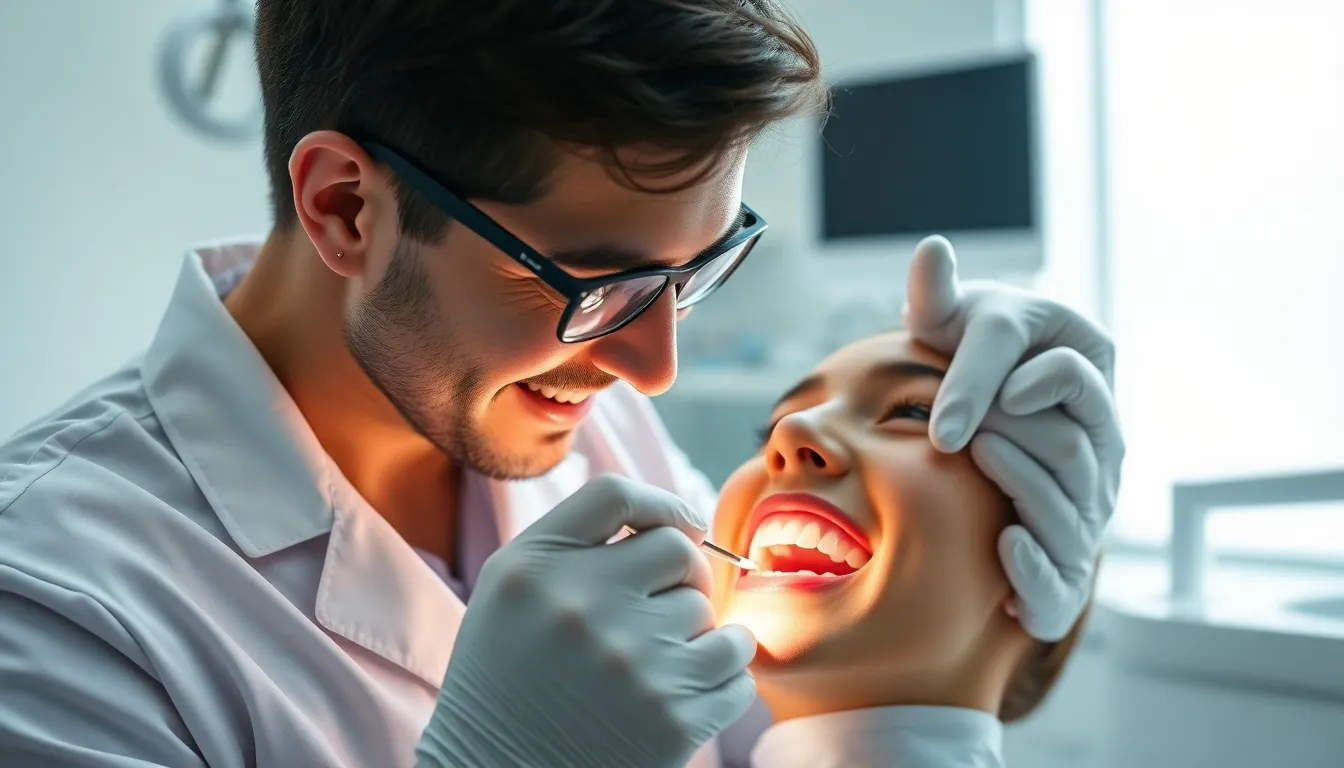
Orthodontic bonding technology has evolved significantly over recent years, creating more reliable and efficient treatment experiences for patients. Modern adhesives now provide substantially stronger bonds between brackets and tooth surfaces, reducing the frustrating issue of bracket failures during treatment. These technological improvements ensure brackets stay firmly in place even under the normal stresses of eating and daily activities.
Precision placement systems represent another major advancement in the field. These innovative tools allow orthodontists to position brackets with remarkable accuracy on the first attempt, eliminating the need for time-consuming repositioning. Dr. Todd B. Harris notes, “The precision we can achieve with today’s bonding systems directly translates to more predictable tooth movement and often shorter overall treatment times for our patients.”
Self-etching primers have revolutionized the preparation phase of bonding. These specialized primers combine the etching and priming steps, streamlining the process while maintaining excellent bond strength. This technology reduces chair time and minimizes the risk of contamination between steps, leading to more consistent results.
Color-changing adhesives provide visual confirmation of proper curing, allowing orthodontists to verify that the bonding material has completely hardened before proceeding. This innovation helps eliminate the uncertainty of whether a bond has fully set, reducing the likelihood of early bracket failure.
One patient, Sarah M., recently shared her experience: “With my first round of braces as a teenager, it seemed like brackets were constantly popping off. Now with my adult treatment using these new bonding materials, I haven’t had a single bracket come loose in eight months, even though I’m still enjoying most of my favorite foods.”
Fluoride-releasing bonding agents offer additional protection against decay during orthodontic treatment. These specialized adhesives continuously release small amounts of fluoride around the bracket, helping to remineralize enamel and reduce the risk of white spot lesions that can sometimes develop during treatment.
Conclusion
Braces bonding forms the critical foundation of your orthodontic treatment journey. This precise process creates a secure attachment between brackets and teeth enabling the controlled forces needed for proper alignment.
Today’s advanced bonding technologies offer stronger connections fewer failures and better aesthetics while innovations like fluoride-releasing adhesives provide added protection for your enamel.
By understanding this essential component of orthodontic care you’ll appreciate the science behind your treatment and be better equipped to maintain your braces. With proper care and following your orthodontist’s guidance your bonded brackets will effectively guide your teeth to their ideal positions resulting in the beautiful smile you deserve.
Frequently Asked Questions
What is braces bonding in orthodontic treatment?
Braces bonding is the process of attaching brackets to teeth using specialized adhesive. This creates the foundation for the entire braces system, allowing archwires to be placed and teeth to be properly aligned. The orthodontist carefully positions each bracket and uses a curing light to harden the adhesive, creating a secure connection that can withstand the forces needed for tooth movement.
How long does the braces bonding procedure take?
The braces bonding procedure typically takes 1-2 hours to complete. Your orthodontist will carefully clean each tooth, apply conditioning gel, position each bracket precisely, and then cure the adhesive with a special light. The time varies depending on how many brackets need to be placed and the complexity of your specific case.
Is the braces bonding process painful?
No, the braces bonding process is not painful. Patients typically experience only slight pressure when the orthodontist positions the brackets on the teeth. The procedure is non-invasive and doesn’t require anesthesia. You may feel some discomfort or soreness in the days following the procedure as your mouth adjusts to the braces, but this can be managed with over-the-counter pain relievers.
What types of bonding materials are used for braces?
Two primary types of bonding materials are used: resin-based cements and glass ionomer cements. Resin-based cements are activated by a special blue light for strength and durability. Glass ionomer cements chemically bond to enamel and release fluoride, providing added protection against decay. Modern adhesives create strong bonds while being gentle on enamel during removal.
How long do braces typically stay on after bonding?
Braces typically remain on for 18-24 months following the bonding procedure. However, treatment duration varies based on individual factors such as the complexity of your case, your age, and how your teeth respond to treatment. Some patients may need less time, while others might require longer treatment to achieve optimal results.
What happens if a bracket comes loose after bonding?
If a bracket comes loose, contact your orthodontist promptly for repair. The fix is typically quick and routine. Avoid manipulating the loose bracket yourself, as this could damage it or your tooth. Keep the detached bracket if possible, and bring it to your appointment. In the meantime, cover any sharp edges with orthodontic wax to prevent irritation.
How does the orthodontist ensure proper bracket placement?
Orthodontists ensure proper bracket placement through precise measurements and positioning tools. Many use direct or indirect bonding techniques, with indirect bonding involving custom trays for simultaneous placement. Modern technology allows for digital planning and precision placement systems. The exact position of each bracket is crucial as it determines the direction and magnitude of forces applied to teeth.
What foods should I avoid to maintain bracket bonds?
Avoid hard, sticky, or chewy foods that can damage brackets or weaken bonds. This includes ice, hard candy, nuts, popcorn, caramel, taffy, gum, and hard fruits or vegetables unless cut into small pieces. Also avoid biting into foods like apples, corn on the cob, or crusty bread directly. These precautions help prevent bracket detachment and potential treatment delays.
Do modern bonding techniques offer any advantages?
Yes, modern bonding techniques provide stronger connections between brackets and teeth, reducing detachment instances and emergency appointments. They offer improved aesthetics with tooth-colored or translucent options making braces less noticeable. Direct bonding techniques allow for more precise bracket placement, enhancing treatment efficiency and potentially shortening overall treatment time.
What innovations have improved orthodontic bonding?
Recent innovations include stronger adhesives that reduce bracket failures, precision placement systems for more accurate positioning, self-etching primers that streamline the bonding process, color-changing adhesives that provide visual confirmation of proper curing, and fluoride-releasing bonding agents that offer ongoing protection against decay during treatment. These advancements have significantly improved treatment experiences and outcomes.

